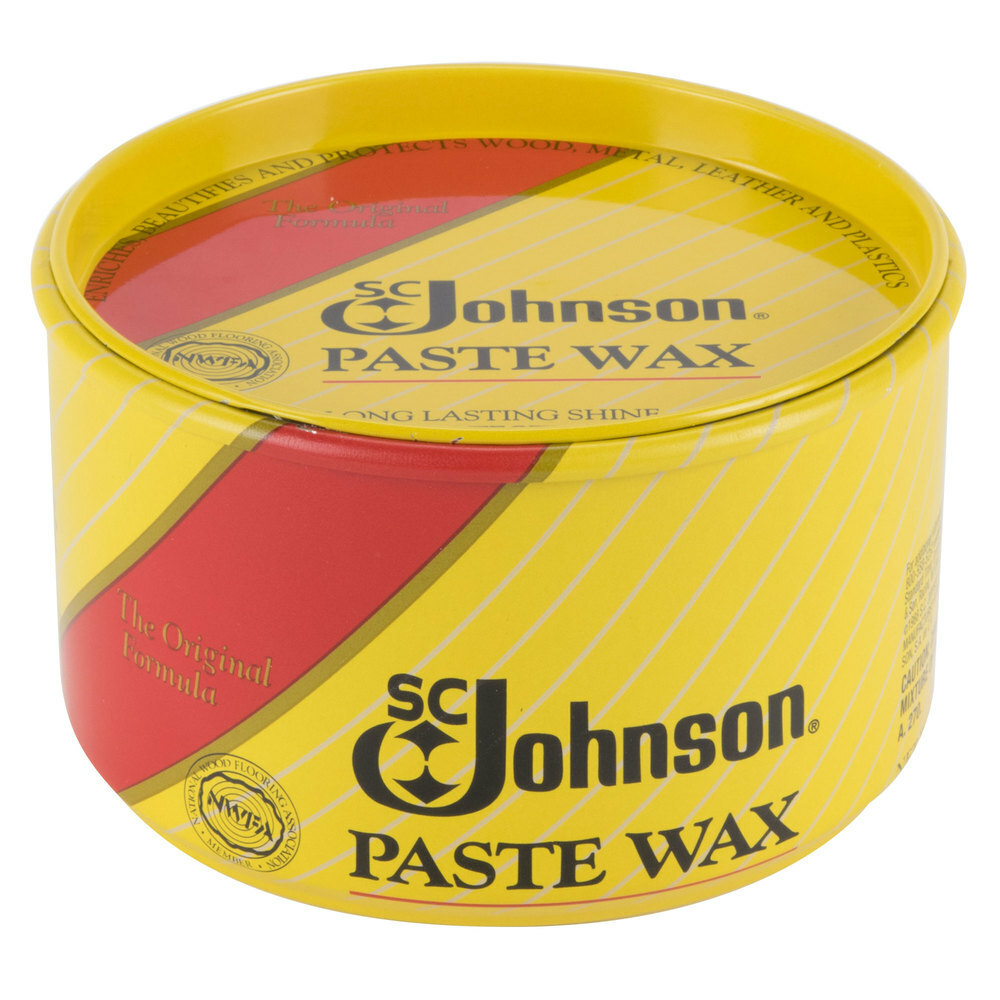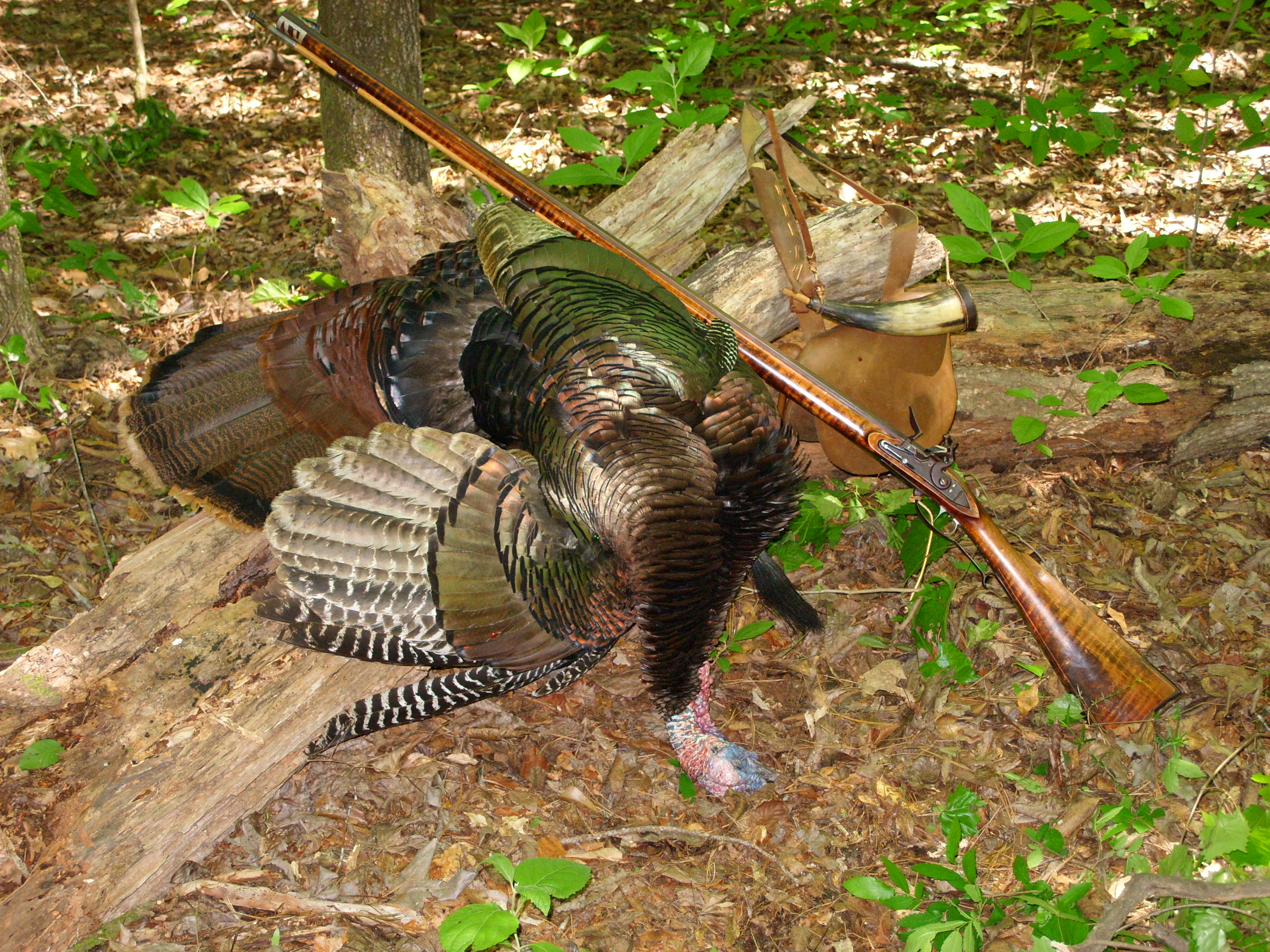josie wales
32 Cal.
- Joined
- Feb 24, 2011
- Messages
- 96
- Reaction score
- 98
Yep been using Johnson or Butchers for years even on metal parts if I can expect a rainy day.
A small piece of linen, saturated with wood wax and carried in a spare flint wallet can be used to refresh the water shedding effect of your gunstock and metal, as during a woods walk. The smell might be a problem when hunting...










